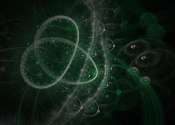Neutrons escaping to a parallel world?
In a paper recently published in European Physical Journal C, researchers hypothesised the existence of mirror particles to explain the anomalous loss of neutrons observed experimentally. The existence of such mirror matter ...







